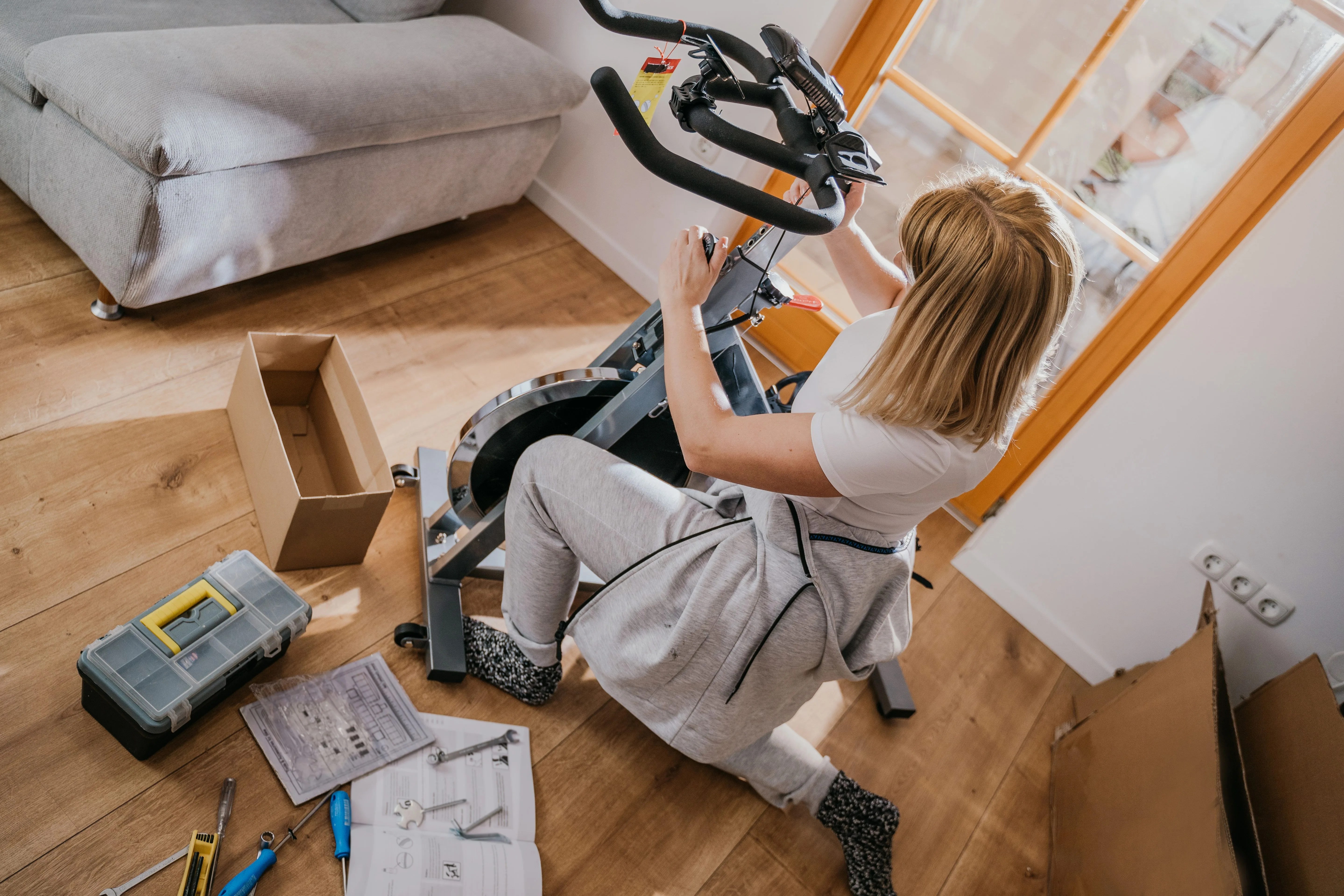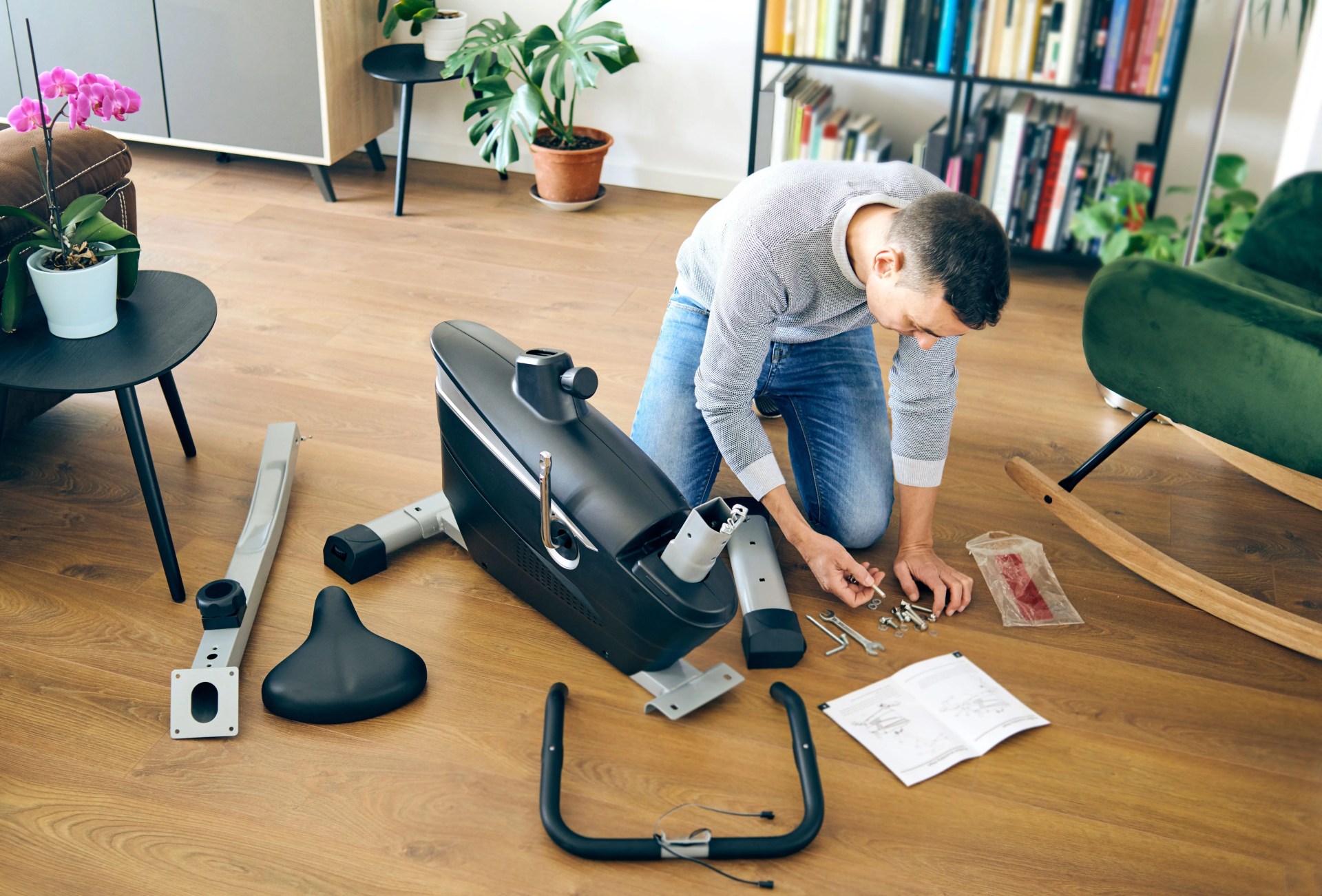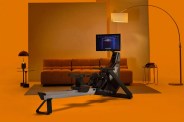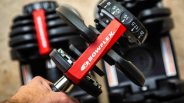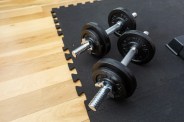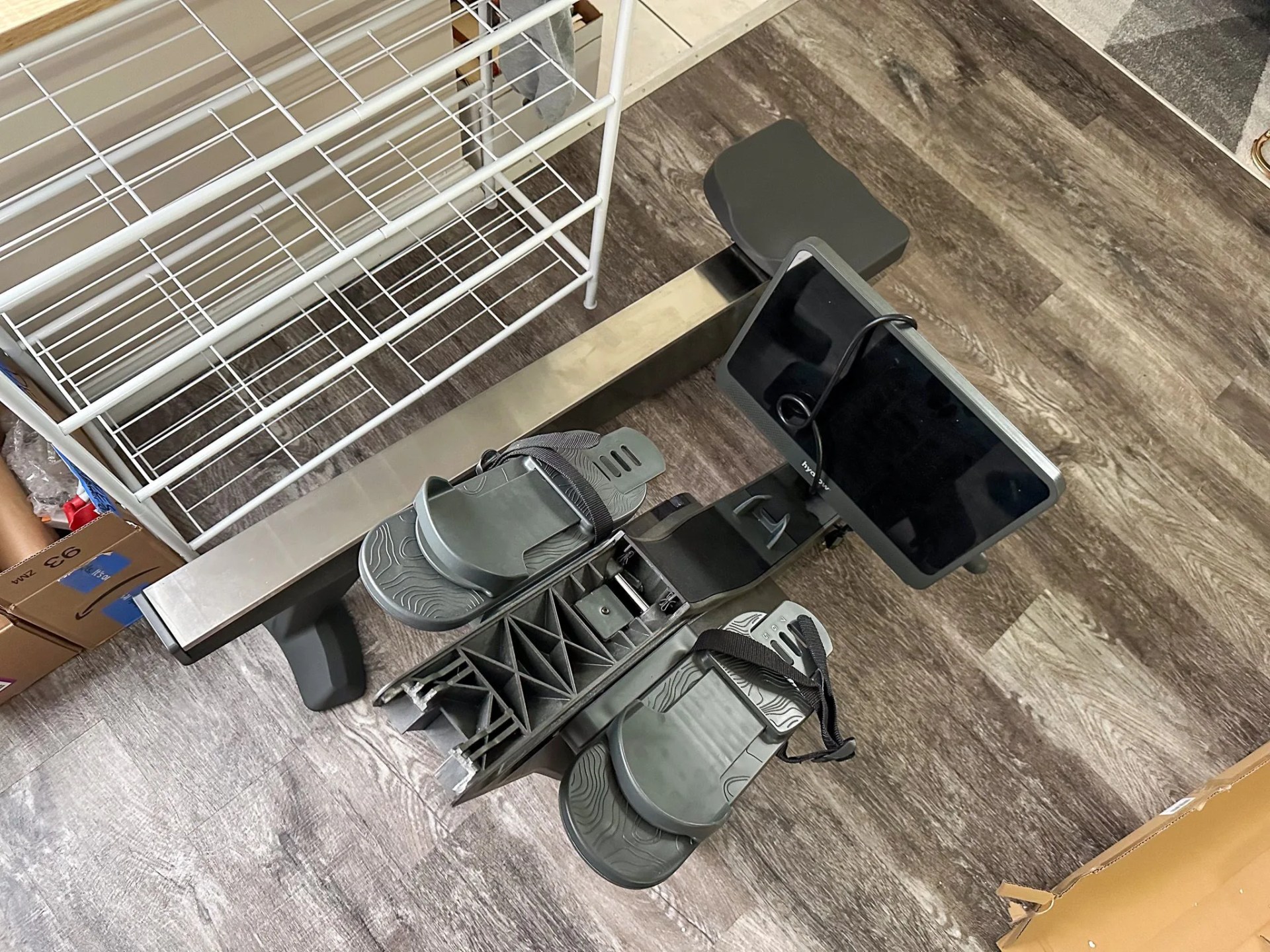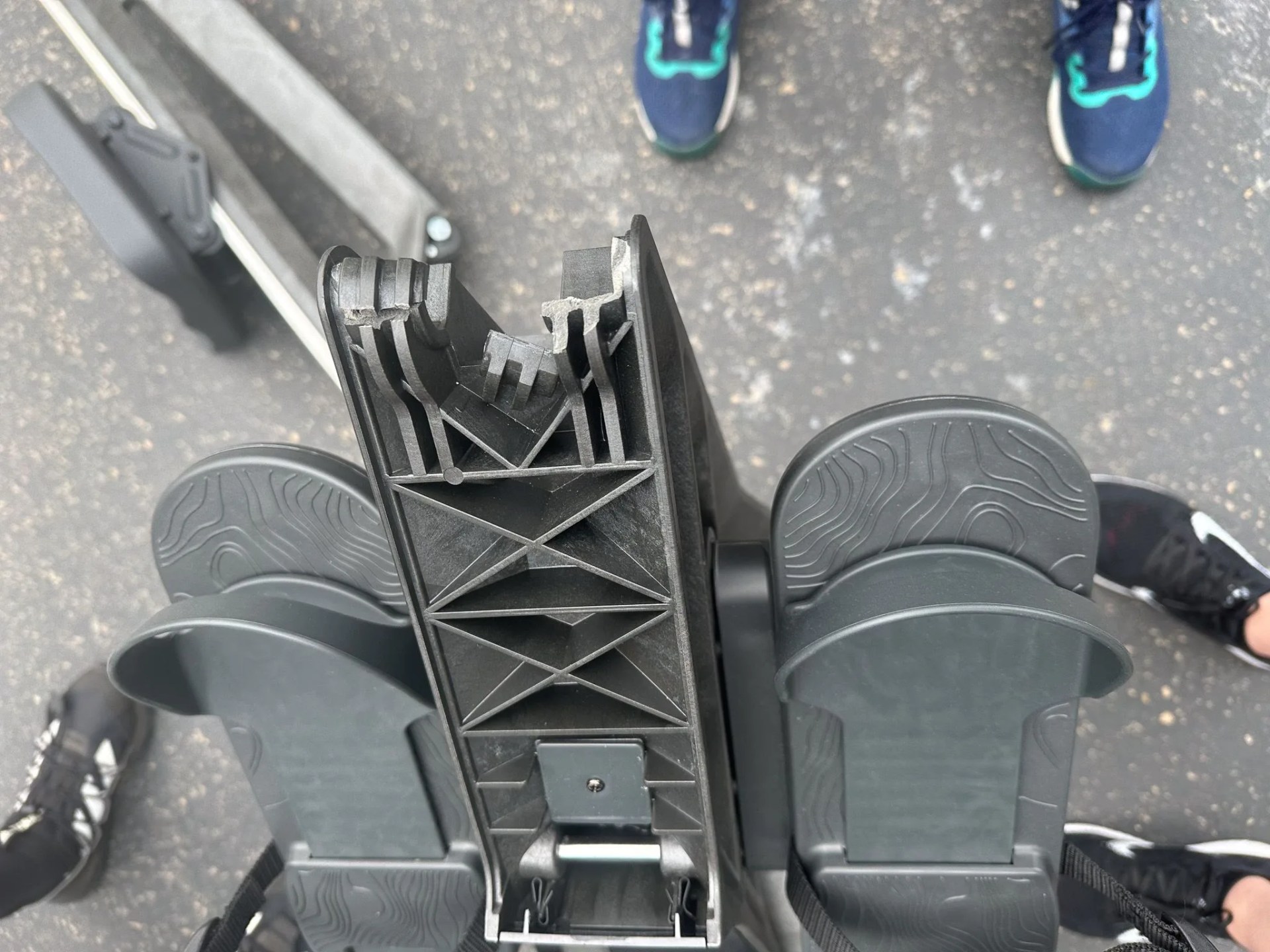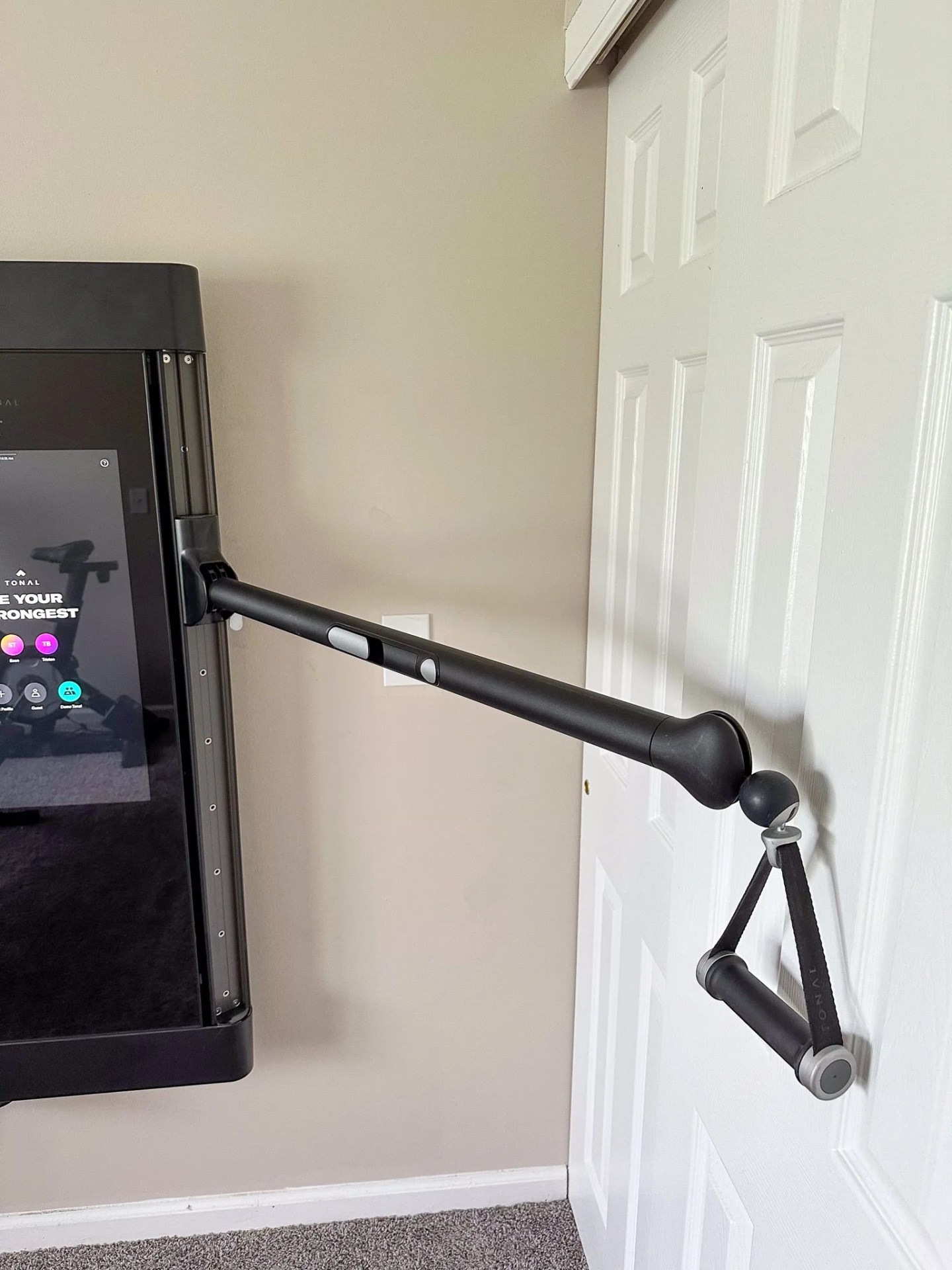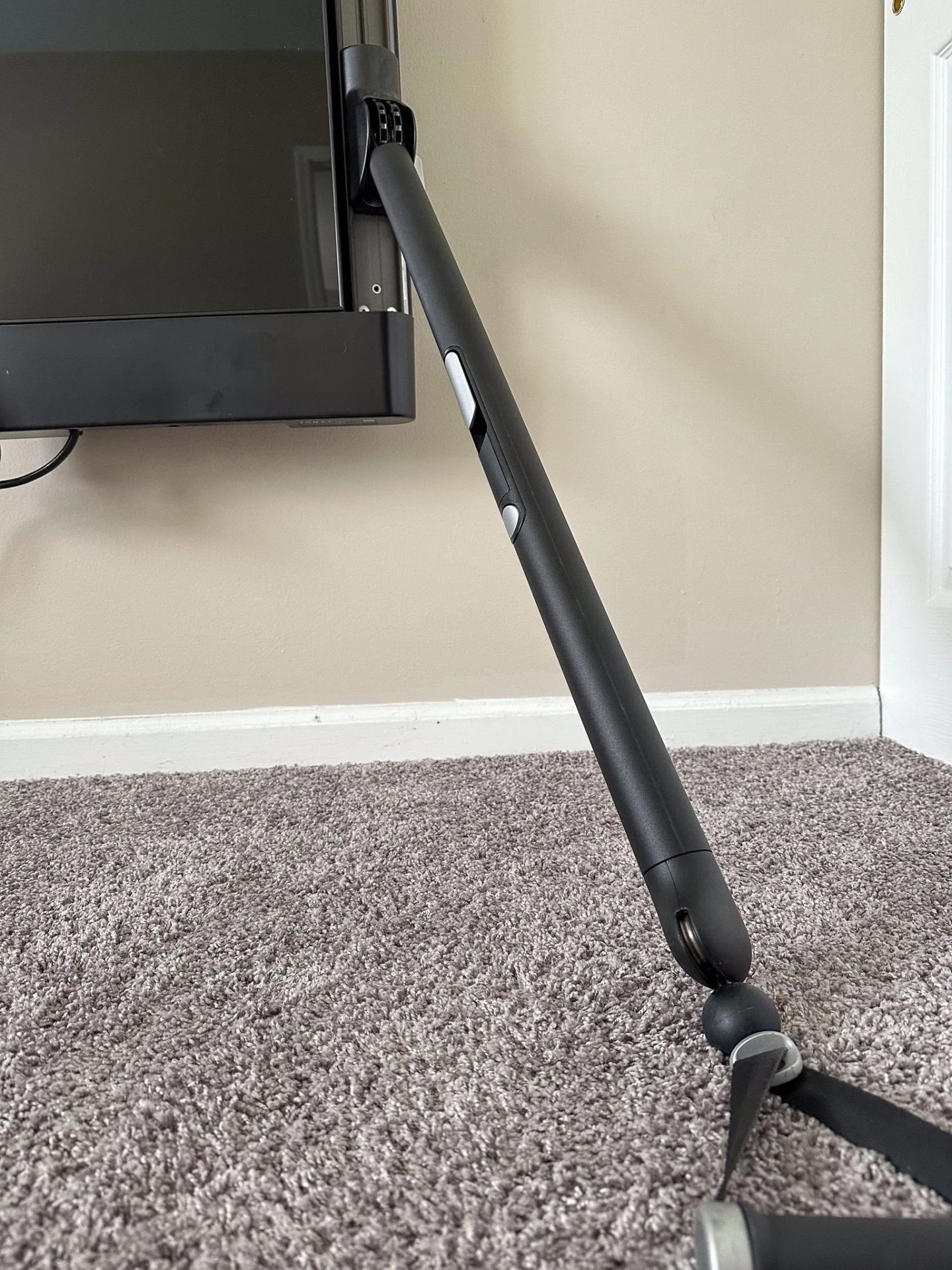When the COVID shutdowns first occurred back in March 2020, I, like many people, found myself trying to recreate some semblance of normalcy. That meant (at least in part) re-establishing some good habits, especially those related to fitness. It was about more than simply seeking a means to maintain bodily health; I wanted to sustain my mental health, too.
I tried walking, hiking and even running more regularly but soon found that everyone else seemed to have the same idea. That meant the roads and trails were pretty crowded and, at the time, felt risky. I also tried doing calisthenics, aerobics and other bodyweight workouts but wasn’t really enjoying them. So, I turned down another path: buying home fitness equipment. I purchased a weightlifting machine, a stationary bike and a rowing machine and set them up in my home. For the first time since the shutdowns started, I felt like I was finally back on track.
I continued to use those machines even when gyms started to reopen. I loved them. They afforded me the freedom to exercise when I wanted and how I wanted, and they even pushed me to try things I might not have otherwise in a public setting (like the dreaded Bulgarian split squat). I started working out more often and enjoyed all the benefits therein. For a time, things were really great. Then I decided to move across the country — literally, from California to New York — and my love for my home fitness machines began to crumble.
For the record, this article is not a critique of home gym equipment itself. I just want to share the real-world experience I had moving that equipment across the country and into my new home — and the logistical pitfalls/lessons learned so that you do not suffer the same fate I did.
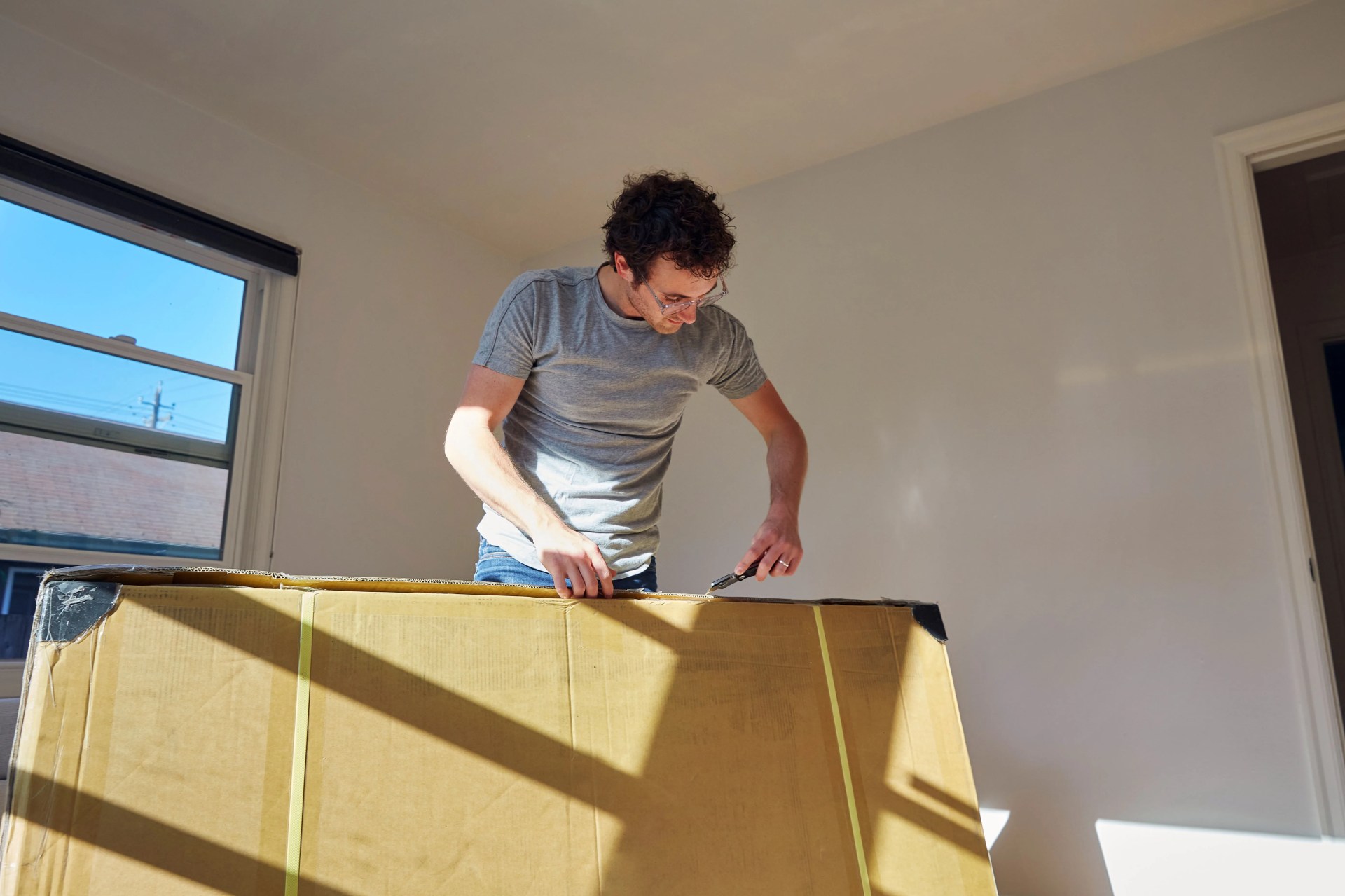 EyeWolf
EyeWolf